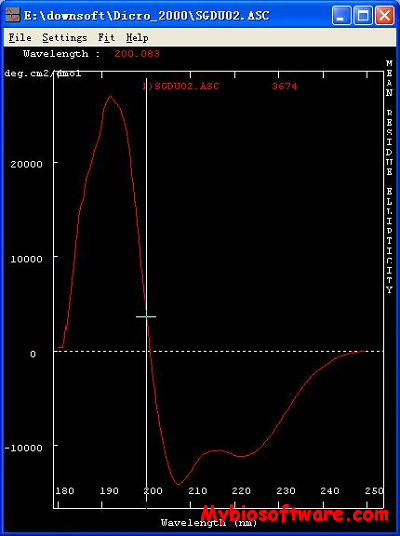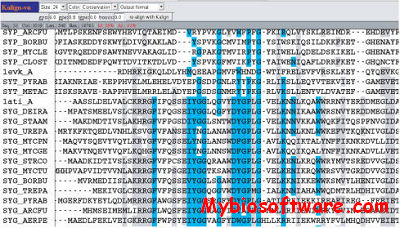MASKER
:: DESCRIPTION
MASKER is a program for calculating solvent accessible surface (SAS) solvent excluded surface (SES) and solvation energy. Three program that use the MASKER module are included in this package:
pdbmask — calculates the solvent excluded surface of atoms in PDB format
maskercm — calculates the pairwise buried surface of residues in a protein
voidmask — finds the locations of buried empty spaces with in a protein, or any molecule.
::DEVELOPER
:: SCREENSHOTS
N/A
:: REQUIREMENTS
- Linux
- Fortran compiler
:: DOWNLOAD
:: MORE INFORMATION
Citaiton
C. Bystroff (2002)
MASKER: Improved solvent excluded molecular surface area estimations using Boolean masks
Protein Engineering, 15:959-965


